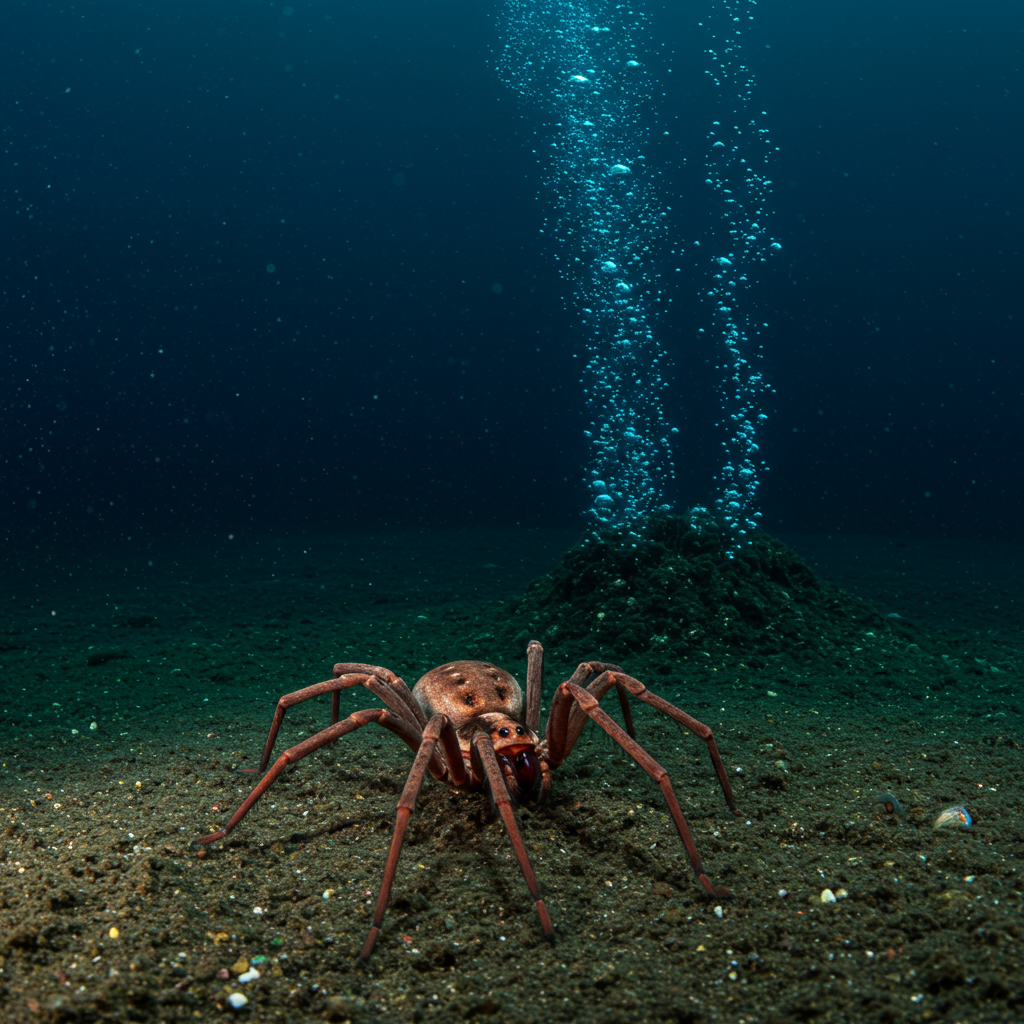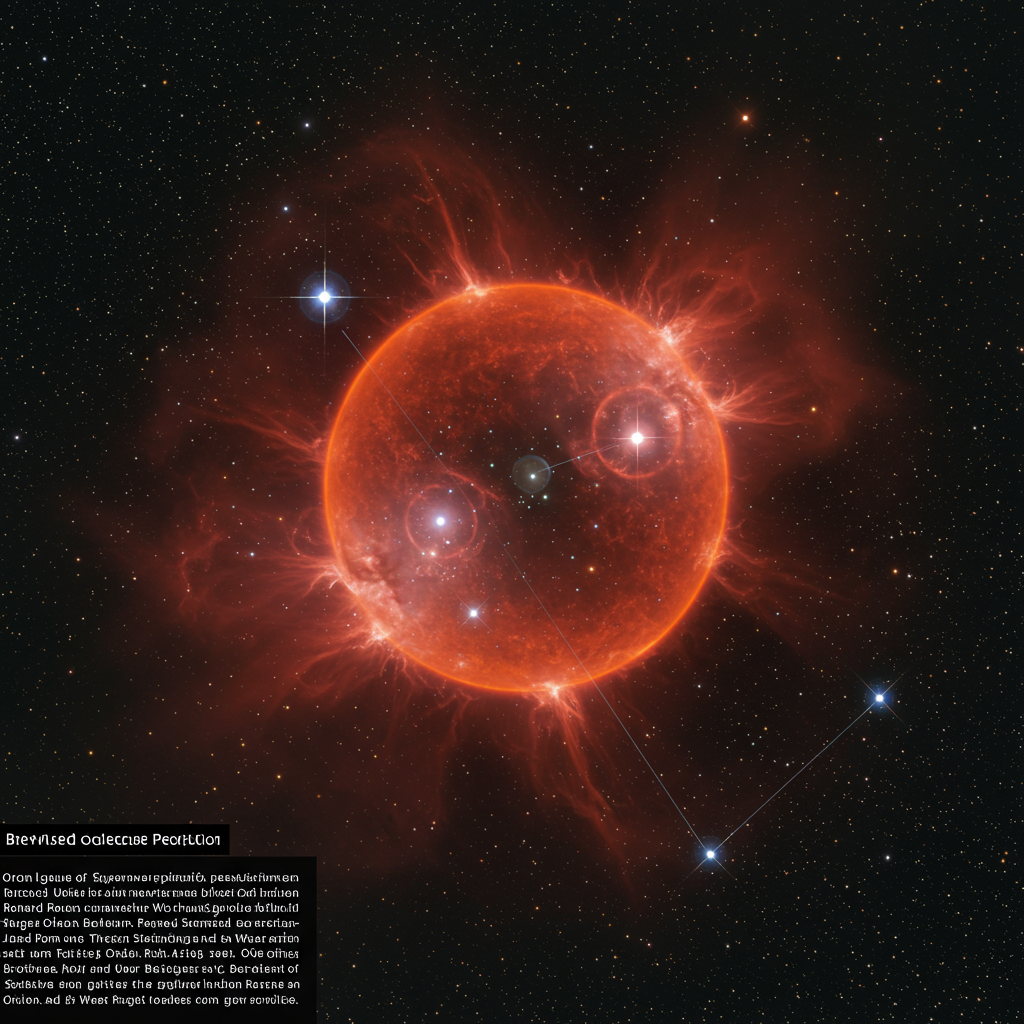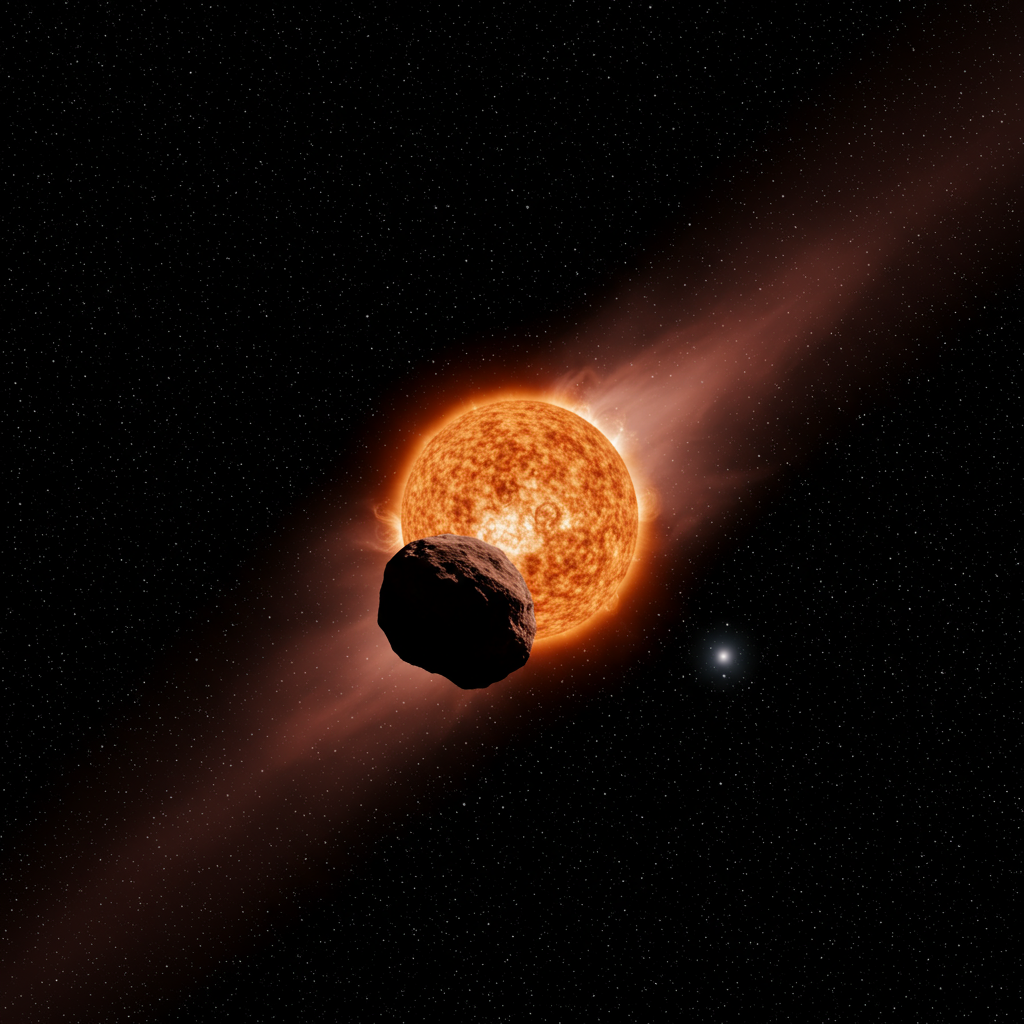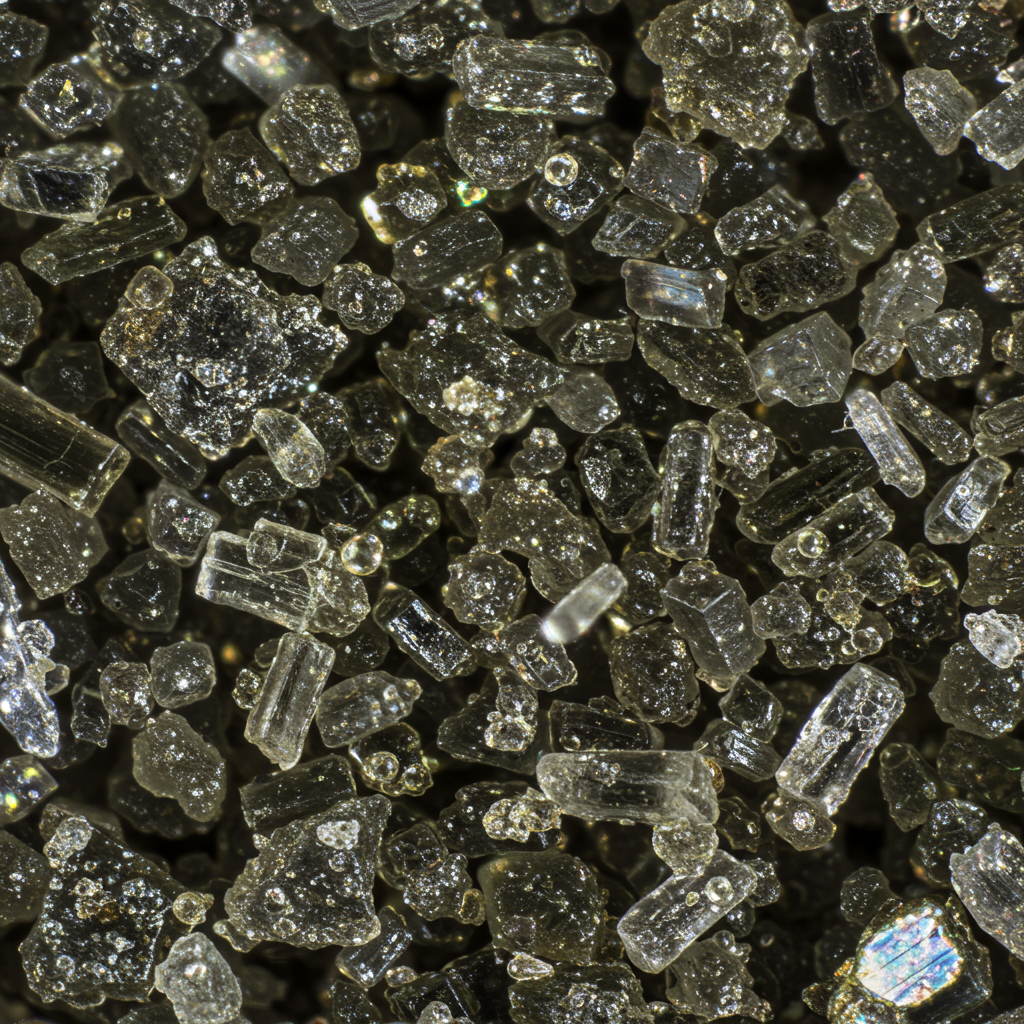Beneath the crushing pressure and perpetual darkness of the deep sea lie ecosystems fueled not by sunlight, but by chemistry. One such environment is a methane seep, where gas bubbles up from the seafloor, supporting dense communities of life through chemosynthesis. Scientists have long observed unusually large populations of sea spiders in these seemingly inhospitable locations, their presence a puzzling mystery given conventional feeding strategies like predation or filter-feeding couldn’t explain their numbers.
Now, a groundbreaking study led by a research team from Occidental College has unveiled a remarkable solution to this deep-sea riddle: these Sericosura sea spiders are farming their own food source.
A Deep-Sea Discovery: Spiders Cultivating Microbes
Researchers discovered three previously unknown species of Sericosura sea spiders at methane seep sites off the Pacific coast of North America, ranging from California to Alaska. What they found on these spiders was astonishing: dense, cultivated layers of bacteria blanketing their exoskeletons.
Further investigation revealed these weren’t just random hitchhikers. The dominant microbes belonged to specific bacterial families known to consume methane and methanol (methanotrophic and methylotrophic bacteria). These bacteria formed organized colonies embedded within a sticky biofilm, essentially a living carpet grown right on the spiders’ bodies.
Farming for Survival in the Deep
The critical finding, published in the journal Proceedings of the National Academy of Sciences, demonstrated that these microbes serve as a primary nutritional source for the spiders. Using advanced techniques, including tracing carbon isotopes, researchers confirmed that carbon derived from methane (consumed by the bacteria) was actively being incorporated into the sea spiders’ tissues.
Here’s how the deep-sea farming operation appears to work:
- Cultivation: The spiders provide a stable surface – their exoskeleton – where specific methane-consuming bacteria can thrive and form dense aggregations embedded in a protective extracellular substance (EPS).
- Microbial Metabolism: The bacteria utilize methane escaping from the seafloor as their energy and carbon source, converting it into organic compounds.
- Harvesting: The sea spiders, using specialized mouthparts, graze directly upon this bacterial “crop” growing on their own bodies. Evidence from microscopy shows disruptions in the bacterial layers consistent with grazing activity.
The isotope tracing experiments provided definitive proof. When spiders were exposed to methane containing a rare, “heavy” carbon isotope (¹³C), this isotope quickly appeared first in the bacterial biofilm on their bodies, and subsequently in the spiders’ gut tissue. The spider’s outer shell (made of chitin) showed no significant ¹³C enrichment, confirming that they weren’t absorbing methane directly but rather consuming the microbes that had processed it.
A New Symbiosis in Chemosynthetic Ecosystems
This discovery adds sea spiders to a growing list of invertebrates, like the famed deep-sea yeti crabs that farm sulfur-eating bacteria on their claws, that rely on cultivating chemosynthetic microbes for sustenance in energy-scarce environments.
The finding offers a compelling explanation for the abundance of these deep-sea spiders at methane seeps. Rather than hunting or filtering scarce particles, they carry their entire farm with them, perpetually harvesting a renewable food source derived from the very gas seep that defines their habitat. The presence of these microbes on egg sacs also suggests a possible mechanism for passing this symbiotic relationship down to the next generation.
This intricate partnership highlights the extraordinary adaptations life employs to survive and even flourish in the most extreme corners of our planet, revealing a previously unknown “farming” strategy in the mysterious depths.




